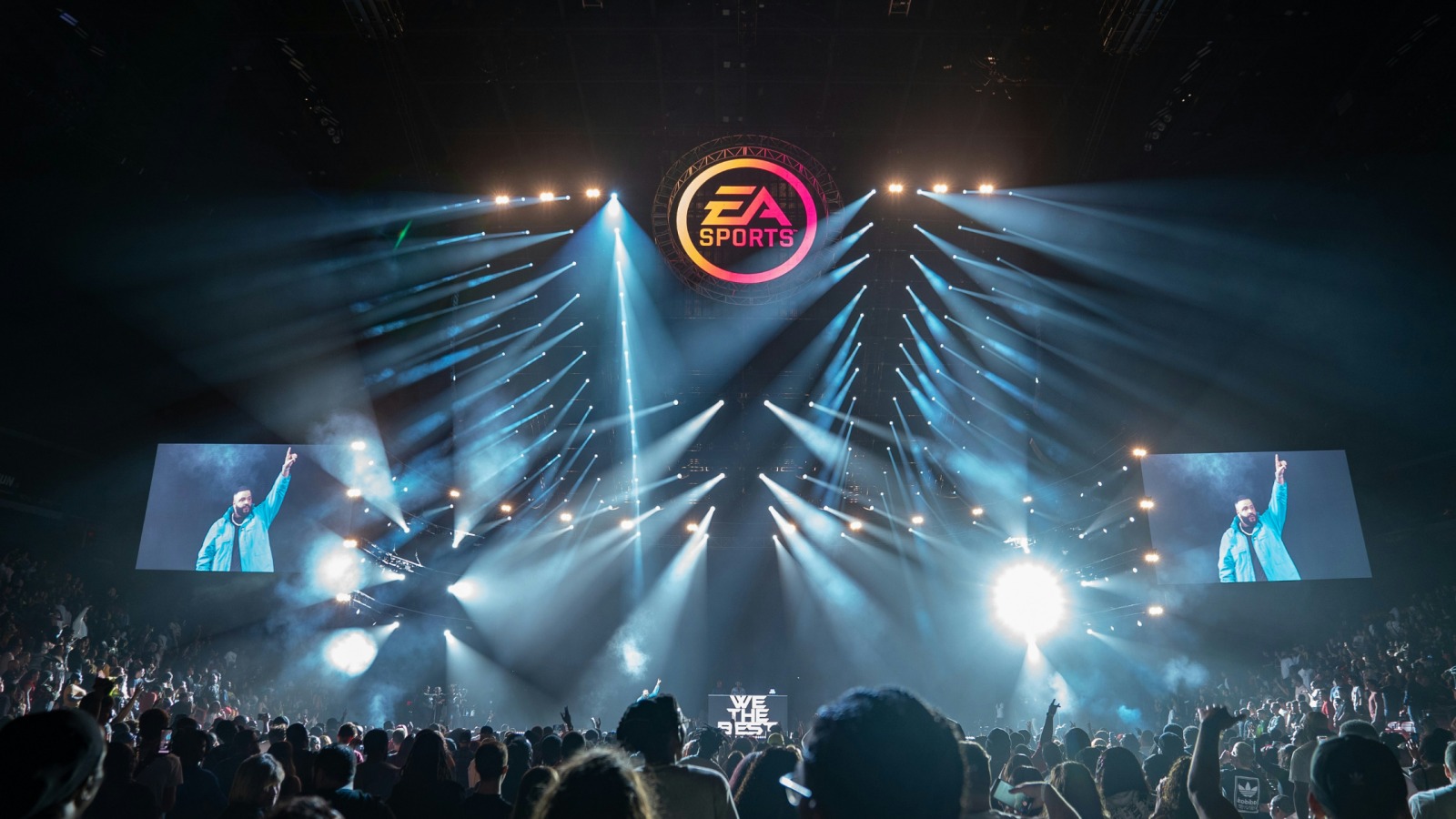Data Says: Esports events are more about live entertainment than gaming

Photo: Josh Berendes

Imagine you’ve got three behaviourally defined consumer segments:
- PC Gamers
- Console Gamers
- Live concert goers
Which group is most likely to attend an esports event?
Intuitively, it has to be Gamers, right? This is not the case.
Data from the Q1 MIDiA Research survey across the US, UK, Canada, Australia, Germany, Sweden, France, Netherlands, Japan, Mexico, Brazil and India (n=12,000) states that 5% of gamers attend esports events, compared to a 3% all-consumer average. However, this jumps to 7% among music subscribers, and to a staggering 10% of live music goers.
Indeed, this means that an average live concert goer is currently twice (!) as likely to attend an esports event as an average gamer.
This suggests that e-sport event attendance is much more closely tied with the affinity for live entertainment than the affinity for gaming.
Featured Report
Defining entertainment superfans Characteristics, categories, and commercial impact
Superfans represent a highly valuable yet consistently underleveraged audience segment for the entertainment industry. What drives this disconnect is the fact that – despite frequent anecdotal use of the term – a standardised, empirical definition remains absent, preventing companies from systematically identifying, nurturing, and monetising th...
Find out more…This is of major importance in light of the rising esports event scene and increasing interest from music, video, sports and non-endemic brands to partake in the landscape.
It opens up a floodgate of opportunities for companies who have been traditionally concerned about esports only appealing to a ‘gamer subsegment’ of the wider population. As it turns out, gamers are just a subset of the esports attendee segment.
Opportunities now range from the more obvious (e.g. placing relevant artists into ‘epic intros’ and ‘half time shows’ of esports events) to the perhaps less obvious, such as including esports stages in live music festivals (32% of live music goers play console games compared to a 17% consumer average).
Furthermore, this natural fit between live, music and esports doesn’t simply end at attendance numbers or affinity to music – it further extends to tangible commercial benefits via music merchandise sales. 13% of music merchandise buyers attend esports events (2.5x more likely to attend than ‘gamers’).
There are serious opportunities stemming from this on the recorded and sync side, too. This could now open up conversations around having songs from games more prominently featured in the live (and broadcasted) tournaments. Currently, in-game music takes the back seat during gameplay for the sake of commentary. But maybe there is space for music there after all (i.e. music during loading times, choosing teams, half-times, as well as potentially during gameplay itself).
Having a sync in a widely popular game like FIFA has proven incredibly beneficial to artists and labels, but if the sync could make it into a live esports broadcast watched by millions of people, it’s a whole new dimension of incremental value for artists and labels alike.
Before I wish you all happy brainstorming on this, let me proudly plug that MIDiA now has a robust, regularly-updated dataset including esports attendance penetration for 150+ consumer segments across 12 key markets. We are able to deliver a much wider understanding of these consumers across their whole entertainment and media consumption lives (including behaviours across gaming, music, video, social, as well as traditional sports consumption). Let’s have lunch!

The discussion around this post has not yet got started, be the first to add an opinion.